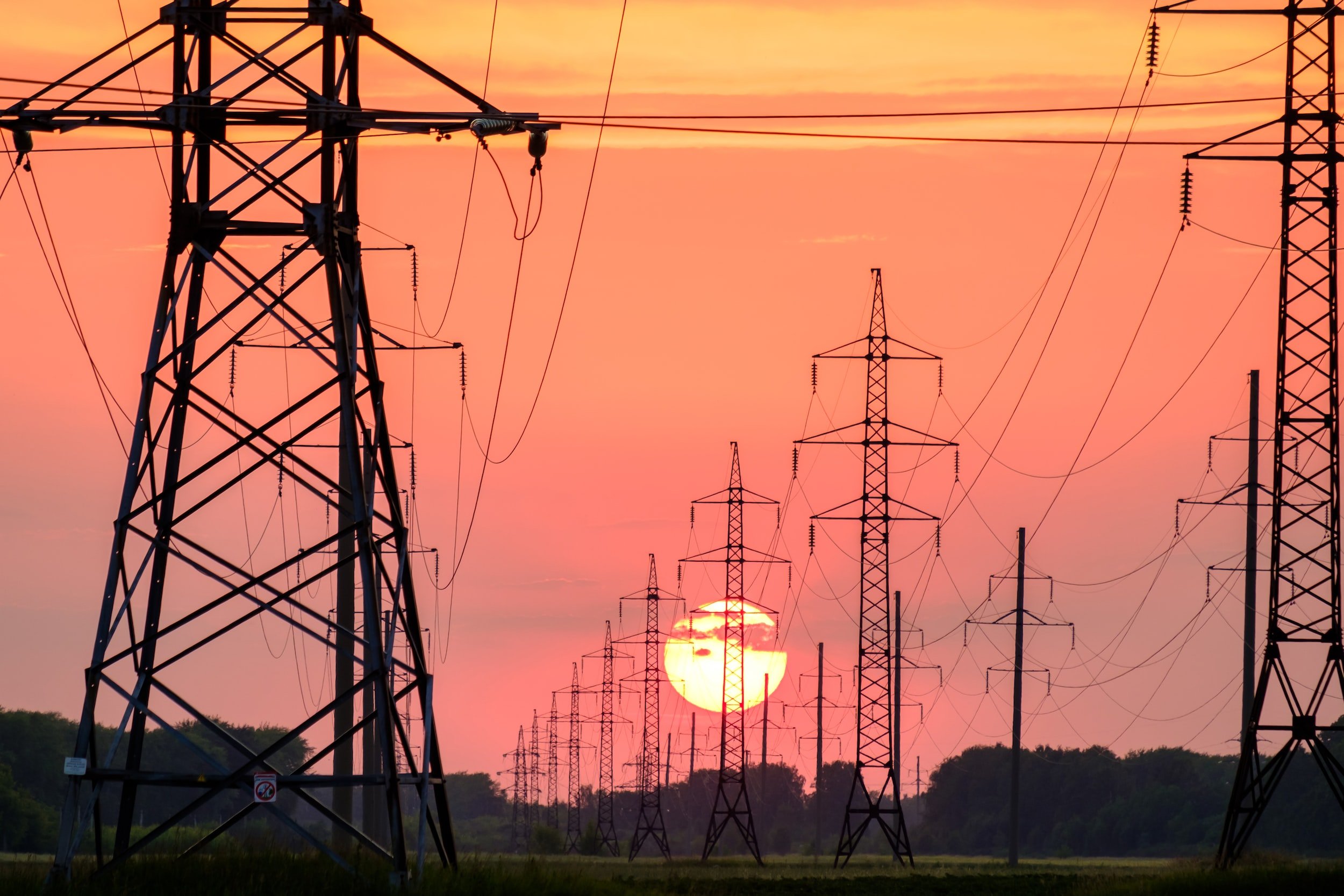The energy price cap is a sledgehammer imposed to limit market freedom

I am not a fan of the energy price cap – not for reasons of ideology, but rather from a practical point of view, because it inevitably distorts the market so has unintended consequences.
It was introduced for the best of reasons – to keep energy bills down for consumers and businesses. But it meant that in the good times, when wholesale prices were low, energy bill charges were more than likely artificially high.
Now that there is a spike in the gas price, many of those same companies who did well in the past will now be demanding a taxpayer bailout “to avoid the risk of disruption to supplies”.
So Kwasi Kwarteng, the Business Secretary, was right to make two points very clear this week. First, that energy security is good in the UK. Second, that the taxpayer will not be bailing out energy companies.
The so called “Energy Trilemma” has been around for decades: keeping the lights on, keeping bills down, and decarbonising our economy. As we move away from fossil fuels and towards new renewables (and hopefully new nuclear), it becomes harder to keep the trilemma in balance.
But this current energy crisis is definitely not about energy security. Not only do we have access to our own natural gas resources, but our imported gas comes from reliable sources such as Norway. It is instead about the price of energy, and specifically the consequences for new entrants to the market that don’t have the deep pockets to be able to deliver within the price cap, when wholesale prices are spiking.
This is no repeat of the “too big to fail” banking crisis – this is simply a problem of new challengers who have overreached themselves, and so the real test ahead is whether Ofgem’s policy of requiring a surviving supplier to take up the obligations of any failed supplier works as it should.
Then the market should prevail, and if there are some suppliers who leave the market, we will still have more providers than in the “bad old days” where the Big Six suppliers effectively dominated, with huge consequences for consumers who didn’t switch and often as a result ended up on sky high standard tariffs.
The real problem with the price cap is that it was only ever designed to be temporary, to protect consumers while market competition grew, and while efforts to encourage shopping around and switching were bedding in.
Now, of course, when that day in the future comes that government seeks to bring it to an end, (having concluded the market is now diverse and competitive enough to deliver affordable energy), just watch the outcry from all those who believe state intervention is the only response.
An energy price cap is a sledgehammer imposed to limit market freedom, albeit for honourable reasons. It limits market competition and sets parameters within which suppliers operate. The real challenge for our politicians is that with 3.18 million households in England in fuel poverty for whom price rises are intolerable, heating or eating for those families is already a truly a hard choice.
Even with the current level of the cap, their bills are too high, so the cap serves the purpose of pleasing “the many”, but not solving the very real challenge for the few.
The Warm Homes discount and the winter fuel payments are welcome interventions for the so called “fuel poor”, but subsidising homes with an old gas boiler, draughty windows and an uninsulated roof is a bonkers way to provide help and support, when a heat pump or better insulation could do the job and reduce the carbon footprint at the same time.
It is time for ministers to commission fresh advice on how to remove the cap and then address the cost of living challenge in a more targeted way.
As with every state intervention that is intended to “protect” the consumer, there will be howls of protest when the cap comes to an end. In reality, what government needs to do is speed up the transition away from fossil fuels. One key way to do this is to set a date by when new gas boilers must be phased out. Giving business that certainty will help them to dramatically drive the price down of heat pumps and other low carbon technologies.
We have seen exactly this result before. When we set the date back in 2015 to take coal off the system entirely by 2025, and when we set the date in 2019 for zero emissions from the tail pipe in the automotive sector by 2030, there was huge pushback from business in each case.
But the truth is, business innovation will always get ahead of the deadline once the direction is set by government. We have seen it with coal, and I’ve no doubt we will see it with automotives.
The second key step that the Government needs to take is to implement the second wave of electricity market reforms. We need an independent system operator that will promote local microgeneration to the grid through prioritising local grid connections.
We also need proper local energy pricing, so that an electric vehicle driver in Cornwall knows she can charge her car cheaply when the sun is shining, and a student in Scotland knows he can do his weekly washing on the cheap when the wind is blowing.
A combination of smart meters, local generation and local pricing could have a huge benefit for consumers, and setting hard regulatory deadlines for different sectors to transition away from fossil fuels will be the final piece of the jigsaw as we seek to solve the energy trilemma.





